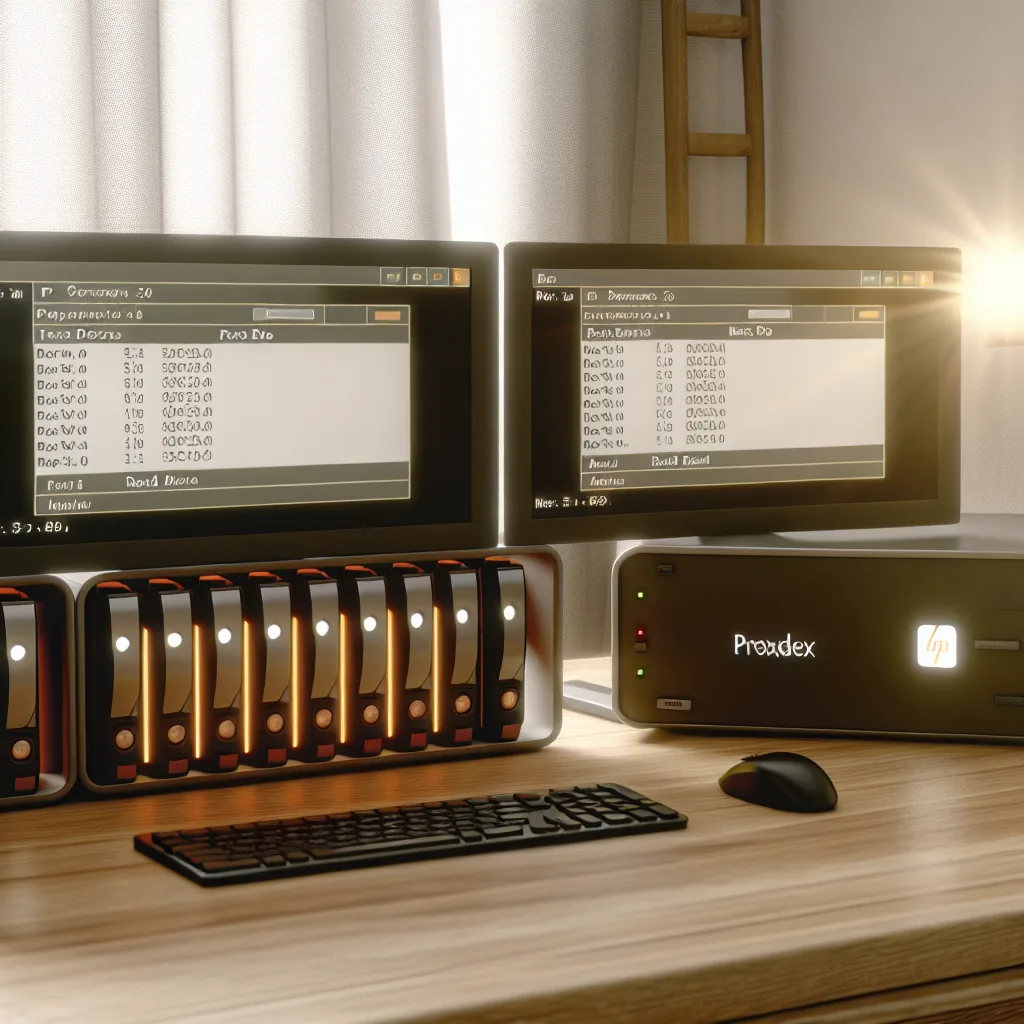Exploring how to make the most of your aging hard drives with home server setup and RAID options
If you’ve got an old computer lying around with some hard drives that are a bit aged but still have decent storage, you might wonder: is it worth holding onto those drives for a home server setup? Recently I came across a situation where someone had an HP ProDesk small form factor packed with one 120 GB SSD and three hefty 3 TB Seagate hard drives. The drives aren’t in pristine condition — the SMART health checks reveal they’re not great, but they’re not terrible either. Given they’ve got about 9 TB of combined storage, it feels like a shame to just toss them out.
Making Sense of Your Hard Drive Health
The first thing to know is SMART (Self-Monitoring, Analysis, and Reporting Technology) values are indicators, not absolute death sentences. They should be taken seriously but not cause panic. Drives can show early signs of wear and still function smoothly for years, especially if they sit in a low-use environment like a home server.
If you’re building a home server setup, these drives might actually fit perfectly, especially if you plan to use data redundancy strategies.
Considering RAID for Your Home Server Setup
RAID (Redundant Array of Independent Disks) can help you survive a drive failure without losing data. The most common RAID setups for home servers include RAID 1 (mirroring), RAID 5, or RAID 10. Given the drives you have, RAID 5 might be a sweet spot, balancing storage with some fault tolerance. But remember, RAID is not a backup — it’s more about uptime and data availability.
Using RAID on older drives is a cautious move. You want to keep an eye on how the drives behave during rebuilds, as older drives might fail more frequently then. For a home server, however, the risk might be acceptable because you’re maximizing what’s already there.
Installing Proxmox for Your Home Server
Proxmox is a popular open-source virtualization platform that lets you run multiple virtual machines and containers easily. If you’re thinking home server setup, Proxmox could be a great way to repurpose that HP ProDesk. It’s lightweight, offers great flexibility, and integrates nicely with storage arrays — including those set up with RAID.
Running Proxmox on your system with these HDDs could give you:
– Cloud storage functionality
– Media server capabilities
– Backup targets
Plus, you get to experiment with virtualization and containerization, all while giving your old hardware new life.
Should You Do It?
At the end of the day, it depends on how much risk you’re willing to accept and how useful the storage will be to you. If you have critical data, investing in new drives and a good backup strategy might be smarter. But if this is for less critical storage — media, backups of non-essential data, or just an experiment — using what you have with RAID on Proxmox is a neat way to extract more value.
Check out Seagate’s official guide on SMART attributes for more insight on drive health, and head over to the Proxmox website if virtualization sounds interesting.
Final Thoughts
Old doesn’t automatically mean useless. With the right setup, even aging drives can find a second life as part of a home server setup. Just keep monitoring your drives, have backups if possible, and use tools like RAID and Proxmox to get the most out of your gear.
If you’re curious about starting your own home server setup or want to learn more about RAID, the How-To Geek guide on RAID is a fantastic resource with practical info.
So, if you have an old PC and some decent drives, it might just be worth diving into a home server setup instead of tossing it. It’s more affordable and educational than you might think, and it could just be the little project you didn’t know you wanted.
